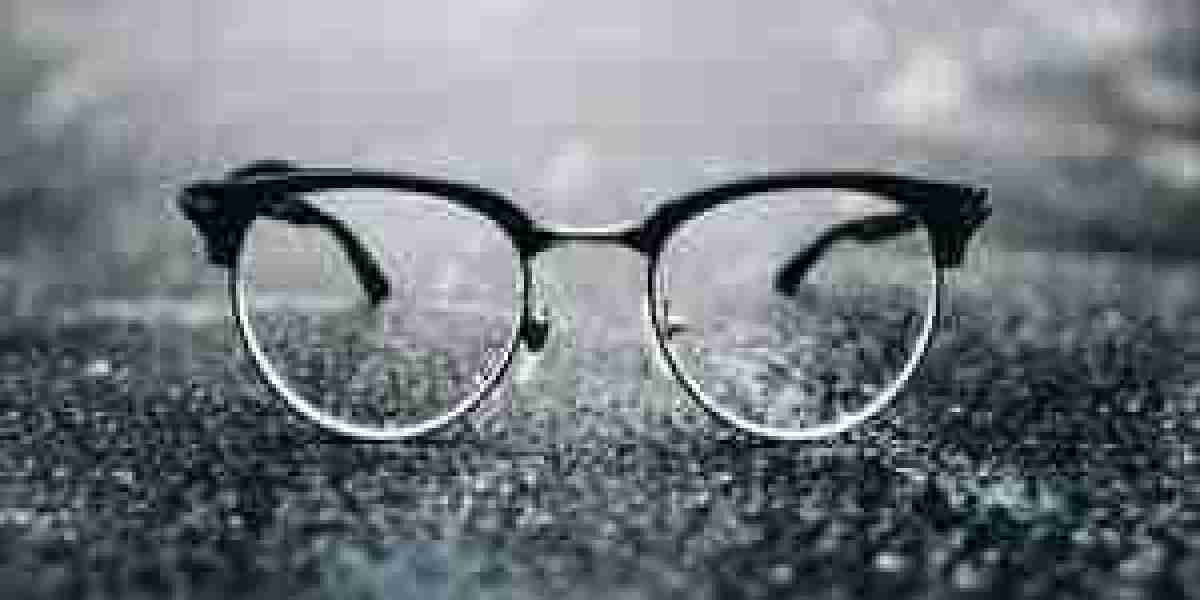In the grand narrative of human history, few inventions have had as transformative an impact on daily life as glasses. From their humble beginnings as simple magnifying lenses to their modern incarnations as fashion accessories and technological marvels, glasses have played a vital role in shaping how we see and interact with the world around us. Let's delve into the fascinating evolution of glasses, from their ancient origins to their contemporary significance.
Ancient Origins:
The origins of glasses can be traced back to ancient civilizations such as ancient Egypt and Rome, where rudimentary lenses made from polished quartz or glass were used to aid vision. These early lenses, known as reading stones, were primarily used to magnify small text and objects, offering a solution to age-related vision problems.
The Renaissance of Vision:
It wasn't until the 13th century that the first wearable glasses emerged in Europe. Crafted by skilled artisans and monks, these early spectacles featured convex lenses set within frames made of wood or metal. Initially reserved for scholars, monks, and nobility, glasses quickly gained popularity as their utility became apparent to a wider audience.
The Industrial Revolution:
The 18th and 19th centuries witnessed significant advancements in lens manufacturing and frame design, thanks to the industrial revolution. Mass production techniques allowed for the production of glasses on a larger scale, making them more accessible to people of all backgrounds. Wire-rimmed glasses, often associated with intellectuals and professionals, became a ubiquitous fashion accessory.
Fashion and Functionality:
In the 20th century, glasses underwent a transformation from purely functional objects to fashion statements. With the rise of Hollywood and celebrity culture, glasses became synonymous with style and sophistication, with iconic figures like Audrey Hepburn and Clark Gable sporting fashionable frames on and off the screen. Meanwhile, advancements in lens technology, such as bifocals and progressive lenses, provided wearers with greater clarity and comfort.
Technological Marvels:
In the 21st century, glasses have entered the realm of high technology, with the advent of innovations such as anti-reflective coatings, photochromic lenses, and blue light filtering. These technological marvels not only enhance visual performance but also protect the eyes from harmful UV rays and digital eye strain caused by prolonged screen time.
The Future of Vision:
As we look ahead, the future of glasses holds endless possibilities. With advancements in materials science and wearable technology, glasses are poised to become even more integral to our daily lives. Augmented reality glasses, capable of overlaying digital information onto the real world, promise to revolutionize how we work, learn, and interact with our environment.
Conclusion:
In the ever-evolving tapestry of human innovation, glasses stand as a testament to our ingenuity and adaptability. From their ancient origins to their modern incarnations, glasses have not only improved our vision but also expanded our horizons, allowing us to see the world in clearer detail and brighter perspectives. As we continue to push the boundaries of what glasses can do, one thing remains clear: the future of vision is as limitless as our imagination.








